How Socks Are Made
Key Takeaways
- Socks are usually made from a combination of natural (e.g., cotton, wool) and synthetic (e.g., nylon, polyester) fibres. Each one has its own set of benefits, like cotton’s breathability, wool’s insulation, and synthetics’ resilience.
- Material selection is the most important element that affects a sock’s comfort, performance, fit and function. Manufacturers take into account other attributes such as moisture-wicking, warmth, and sustainability when choosing fibres.
- The creative process to design a new sock is exciting, as creativity is balanced with function, and patterns and colors are driven by consumer trends, seasons, and market research. Digital tools and physical prototypes allow a back and forth to hone designs.
- The complex production process is made up of many different steps. From preparing raw materials and knitting the fabric, to shaping, dyeing, and applying finishing touches. Every single step is done to create quality and efficiency.
- Production costs are contingent on materials, technology, labour, and size of the order. Strategic decisions, like maximizing automation or sourcing materials sustainably, help the manufacturer meet the quality standards while remaining affordable.
- International manufacturing centers for socks include many Asian nations and European countries. While labour costs, infrastructure, and ethical practices all play a role in where something is manufactured, there has been a strong movement toward more localised production.
With a combination of traditional knitting techniques and state-of-the-art machinery, our socks are built for comfort and endurance. It starts with the selection of materials such as cotton, wool or synthetic fibres, which are then knitted into yarn.
Knitting machines, programmed for each size and pattern, produce the sock’s structure by interlocking loops of yarn. Features like reinforced heels and toes are included to improve durability.
After knitting, we finish the socks into shape with a process called boarding. In this finishing step, we actually steam and press the socks onto heated metal plugs.
Quality checks are next to be sure that the socks are up to quality standards and then they are paired, packaged and prepped for distribution.
From concept through production, each step focuses on accuracy and passion for detail to bring you the best quality socks for life.
What Are Socks Made Of
Sock material options are plenty. Every fiber is strategically selected for their individual attributes, enhancing comfort, durability, and performance features. By knowing what these fibres are and what they do best you can better understand how socks are designed for various requirements and situations.
Common fibres used in socks
Sock production does use natural and synthetic fibres to create a wide variety of products. Cotton, especially the combed or organic varieties, is very popular for its soft, breathable qualities. Bamboo fabric, prized for its softness and durability, provides a sustainable alternative to conventional cotton.
In colder climates, merino wool offers warmth and moisture-wicking benefits, making it a functional option for winter socks. On the synthetic side, nylon and polyester add to the durability and stretch, helping socks keep their shape. Blended yarns, that mix these fibres, strike a better balance between high performance and all-day comfort.
|
Fibre Type |
Warmth |
Moisture-wicking |
Durability |
Sustainability |
|
Cotton |
Low |
Moderate |
Moderate |
Moderate |
|
Bamboo |
Low |
High |
Moderate |
High |
|
Wool |
High |
High |
Moderate |
Moderate |
|
Nylon/Polyester |
Low |
High |
High |
Low |
Benefits of different materials
Cotton socks like our everyday crew are perfect for breathable softness on everyday adventures. Wool socks keep your feet insulated and warm during the winter months. The addition of synthetic fibres increases the durability and elasticity of a sock, making them a great choice for athletic or dress sock.
Bamboo, as used by Hedgy Socks, is environmentally friendly and hypoallergenic. This makes it the perfect combination of sustainability and comfort for today’s eco-minded consumer.
Importance of material choice
Choosing the right materials is critical to making a great sock that performs the way it’s intended. Sustainable materials, such as bamboo, are part of an increasing consumer demand for eco-friendly products. This demand is pushing manufacturers to make environmentally conscious choices.
How Sock Designs Are Created
Sock design is an exciting process that combines artistry and imagination with the necessity of comfort and function. Designers work to develop fun patterns or styles that will engage certain audiences. From there, they really focus on how the socks will perform for daily use. Every step of the process is important. From first ideas to final samples, each stage plays a part in producing the ultimate sock.
Designing patterns and styles
Whether it’s based on the latest fashion trend, a cultural pattern, or a request from a passionate customer, the first stage of sock design begins with an illustration. Designers can take inspiration from the seasons, using warm fall colors or spring pastels, for example.
Digital design tools, like CAD software, are often then used to translate these sketches into more detailed, exacting patterns. These new tools allow designers to play with complex geometric patterns and daring stripes. They can even work in fun polka dots, for maximum personalization!
Seasonal trends dictate a lot of decisions, since consumers are always on the hunt for what’s fresh and in the right style. Collaboration between designers and manufacturers remains essential to confirm these patterns can be turned into reality with available knitting technologies.
Creating a prototype for testing
From these designs, prototypes are developed to realize them using the most intentionally selected materials. Cotton is one of the most commonly used fabrics, with producers trusting top-quality cotton varieties for their softness and long-lasting nature.
Testing these prototypes is crucial to making sure the final sock will wear comfortably, and hold up to the rigors of wear. Feedback from our testers goes a long way in helping fine-tune designs, sometimes taking a number of rounds to find the sweet spot of style and function.
How Socks Are Manufactured
Sock manufacturing is a highly complex process that integrates the preparation of raw materials, cutting-edge machinery, highly-skilled technical labour, and intensive quality control. It all starts in the design phase, creating patterns, colours and textures. From selecting fibres to packaging the finished product, each stage contributes to creating comfortable, durable, and visually appealing socks for everyday use.
1. Preparing raw materials for production
It all begins with the selection of top quality fibres — cotton, wool or synthetics blended together. Breathability Cotton is one of the most prized fibers for its breathable comfort and softness. These twisted fibres are then spun into yarn, creating an evenness that is key for knitting.
Quality control is absolutely essential at this point, as any missteps will result in a defective final product. Great care in storage and handling goes into ensuring the integrity of the materials and streamlining production.
2. Knitting the sock fabric
Specialised knitting machines, like our 200-needle models, are used to knit the sock fabric. These machines, with needles that measure just 0.5 mm, are capable of outputting hundreds of pairs per day, depending on the complexity of each style.
Yarn tension as well as stitch patterns create different textures and thicknesses in socks. Automation improves accuracy and production speed, providing repeatability on solid or elaborate artwork.
3. Shaping and seaming the socks
Sewing Shaping includes processes such as heel turning and toe closing. Though more expensive, hand-sewing seamless designs offers the best comfort and long-lasting wear.
Highly trained laborers oversee intricate shaping processes, so that socks hug the foot properly and are free of imperfections.
4. Dyeing and finishing processes
Socks are dyed at temperatures as high as 104 °C, with processing times varying based on the colour desired. Further finishing techniques including boarding, washing and softening enhance the final appearance and feel.
Eco-friendly materials and practices are now being used more than ever to reduce influence on the environment.
5. Quality control and inspection
Quality assurance goes beyond the manufacturing process, with quality checks at every stage, from the yarn selection to the final inspection. Advanced technology automates defect detection, but human oversight ensures error-free products.
Finally, the socks are paired together and inspected one last time before being packaged.
6. Packaging the finished socks
This covers labelling, boxing and care instructions. Eco-friendly materials help minimize waste and eco-chic designs catch the eye of buyers on the market.
Important information such as size and how to care for them should be clearly mentioned.
Factors That Impact Sock Production Costs
Many factors impact sock production costs, from the selection of materials to the manufacturing technology used and the scale of production. Knowing what goes into these elements is key to finding a happy medium between quality and affordability. Despite the challenges, the global socks industry, worth £38 billion, remains competitive and is still growing.
Material selection and pricing
Materials are very important in affecting sock costs. Premium fibers—including combed cotton and merino wool—maximize comfort and longevity. Oftentimes, these premium materials are more expensive.
A simple pair of socks costs on average £1.60 to manufacture. Selecting the finest materials can more than double that production cost. Manufacturers need to balance these trade-offs judiciously, providing quality without driving costs beyond consumers’ means.
Sourcing materials by keeping costs competitive is the other big one. Buying in bulk or working with trusted manufacturers can help mitigate costs. Considering new technical solutions including recycled yarns or synthetic blends can provide a budget-friendly option while still delivering on performance.
Manufacturing technology and labour
Advanced knitting machines, adapted for use around the world, lead to high productivity. With automatic process monitoring and control, these machines deliver accuracy and uniformity, minimizing waste and accelerating production.
While automation has greatly reduced costs, skilled labour is still necessary for quality control and machine operation. On-the-job retraining helps workers remain sharp and familiar with technologies that are always changing, keeping precision flowing through each line of production.
Production scale and order size
Significantly, larger production scales usually result in lower unit costs because of economies of scale. For example, it may generate a gross profit of about £6,400 if producing 1,000 pairs of socks a month.
Bulk orders are a win-win, too, since they save manufacturers money and give retailers higher margins. For smaller producers, it can be difficult if not impossible to keep pace with the efficiency of these large-scale operations.
The need for strategic planning is critical to ensure that production capacity matches the demand in the market.
Where Socks Are Manufactured
Socks are made in every major apparel manufacturing center in the world. Each hub is a key player in fulfilling the growing demand for this essential and popular wardrobe staple! Beyond just cost-efficiency, infrastructure, and manufacturing capacities, ethical considerations play a significant role in the decision-making process. In recent years we have seen a move back toward localization to allow more speedy delivery.
Overview of global manufacturing hubs
China, Turkey and Italy are leading nations for sock production. China holds a competitive advantage due to its massively scaled factories and advanced technology. For instance, its knitting machines can turn out an astounding 380 pairs of plain socks per day.
Turkey, with its high-quality yarns and mid-range pricing, is where the quality meets the affordability. Across the Atlantic, Italy is the undisputed heavyweight of premium sock manufacturing, specializing in highly detailed designs and exotic fibers.
Each region, whether the South, Midwest, Northeast, or West, has different strengths. Asian hubs provide competitive labor costs and remarkable production capacity. At the same time, European hubs continue to draw brands who appreciate the closeness to consumers and quality products.
Trade policies are additionally a factor too, with lowered tariffs between the UK and Turkey leading to an increased import flow. Below is a comparison of manufacturing hubs:
|
Region |
Strengths |
Challenges |
|
China |
High production capacity |
Rising labour costs |
|
Turkey |
Balance of cost and quality |
Limited premium materials |
|
Italy |
Luxury craftsmanship |
Higher manufacturing costs |
Factors influencing location choice
Economic considerations like labour and material costs are at the heart of these decisions. Factories fill out yarn blends, for example, 50% cotton with 25% acrylic, depending on what the client requires.
Logistics are just as critical. The closer the production hubs, the less time on the water. Regulations on dyeing which need 2-4h, 220°C also play a role.
Finally, consumer demand for ethically made socks focuses on fair wages, good working conditions and the use of sustainably sourced materials.
Conclusion
It’s this alchemy of artistry, craftsmanship, and engineering that brings socks to life. From the selection of fibres to the creation of designs, each step impacts the socks we slip on each day. Materials—cotton, wool, and synthetic blends—all come into play for comfort and durability. Our global design teams continue to dream big and bring visions to life. Functionality and fashion go hand in hand. This is followed by finishing touches, trimming, and quality checks. Machines knit all socks with speed and accuracy. Production costs vary based on materials, types of technology, and where production is located, with numerous factories all over the world factoring in.
Knowing the process behind that adds value to something so common, yet so necessary. So next time you grab a pair of socks, consider the journey that has brought them to you. If you want to learn more about production, check out the other stories for a behind-the-scenes look!
Frequently Asked Questions
What materials are most socks made from?
Socks are commonly produced from cotton, wool, polyester, nylon or a combination of the fibres. Cotton gives soft, breathable comfort while the use of synthetic fibres add stretch and strength.
How are sock designs created?
Sock art is designed digitally. Designers will use patterns, colours and textures to create distinct and beautiful styles that go on to be digitized and programmed into knitting machines.
What machines are used to manufacture socks?
Socks are manufactured using specialised knitting machines. These machines are phenomenal machines that knit the fabric into tubing. Later, experienced hands mold, sew, and finish these pieces to craft the final product.
Why are some socks more expensive than others?
Sock production costs vary due to factors like material quality, design complexity, and production location. Generally, high quality materials and complex designs increase cost.
Where are most socks manufactured?
Today, the vast majority of socks are made in countries like China, Turkey, and Italy. These areas have long-established textile industries and a highly skilled labour force, making these regions the perfect locations for sock production.
Are sustainable socks available?
Yup, sustainable socks are manufactured with materials such as organic cotton or bamboo. Many brands are jumping on the ethical train to help lessen their environmental impact.
How can I choose the best socks for me?
Think about what you want in terms of their material, fit and purpose. Cotton socks are best for everyday use, wool socks for insulation, and synthetics for sports. Seek quality materials and comfort.




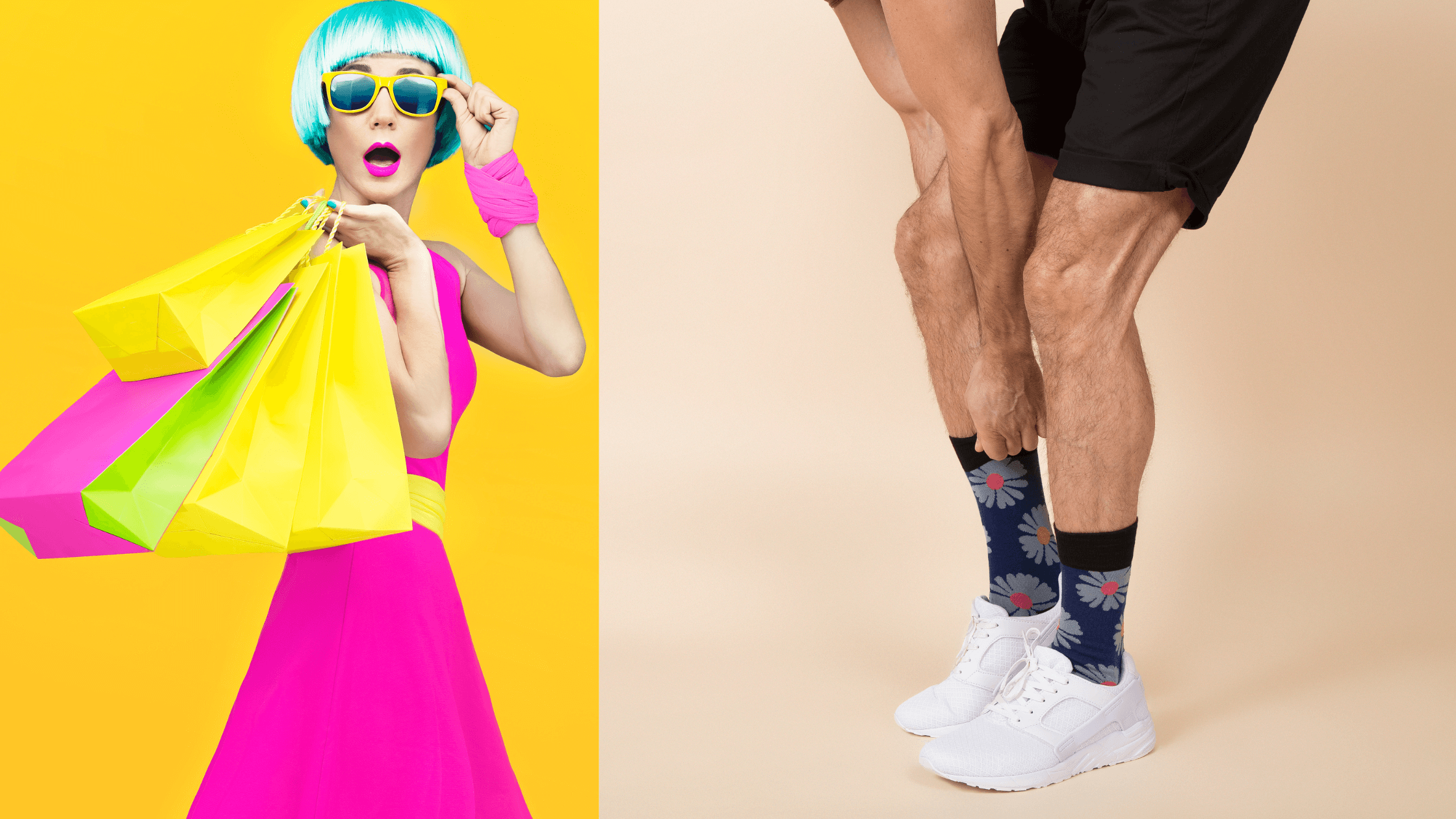
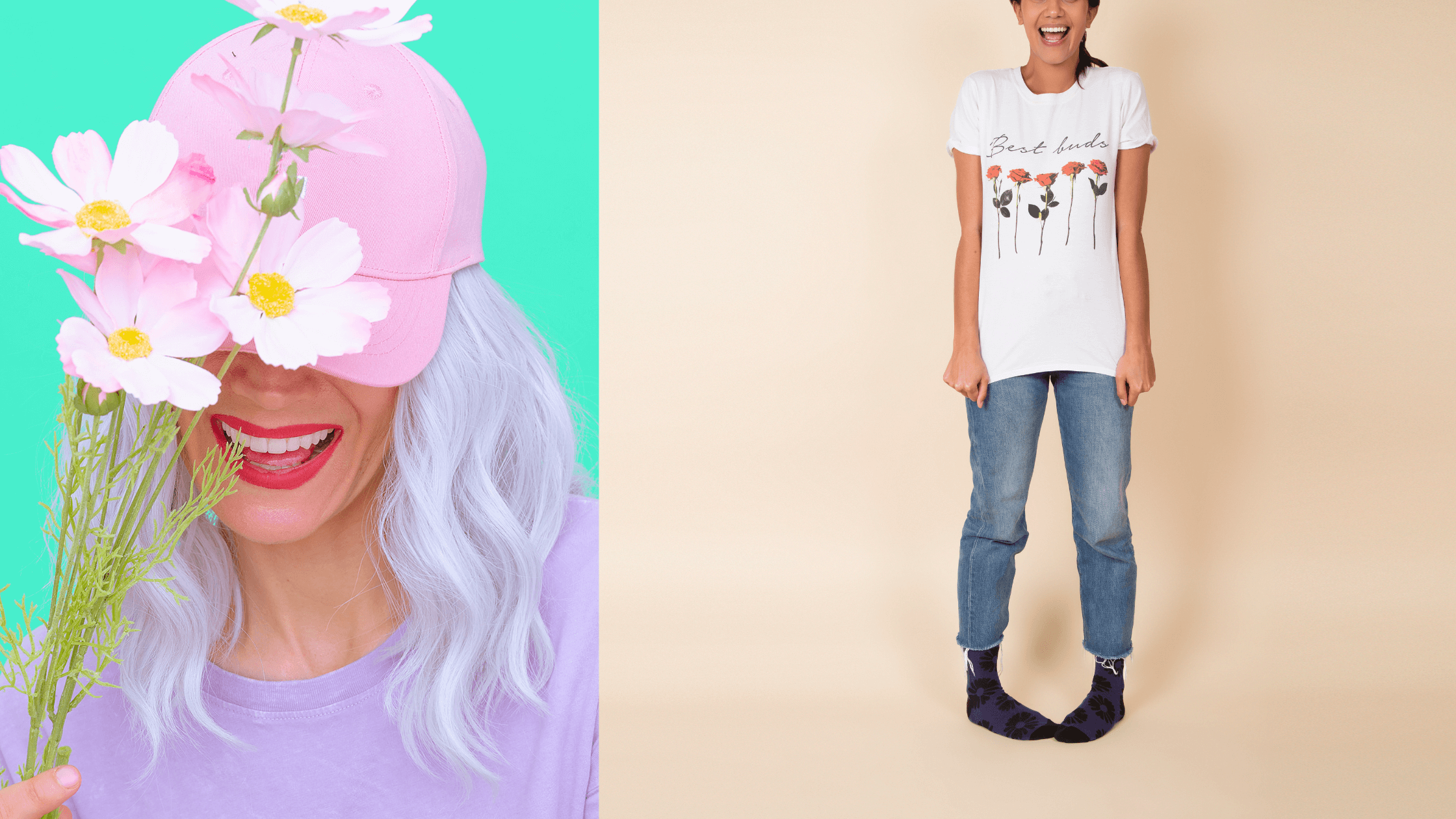
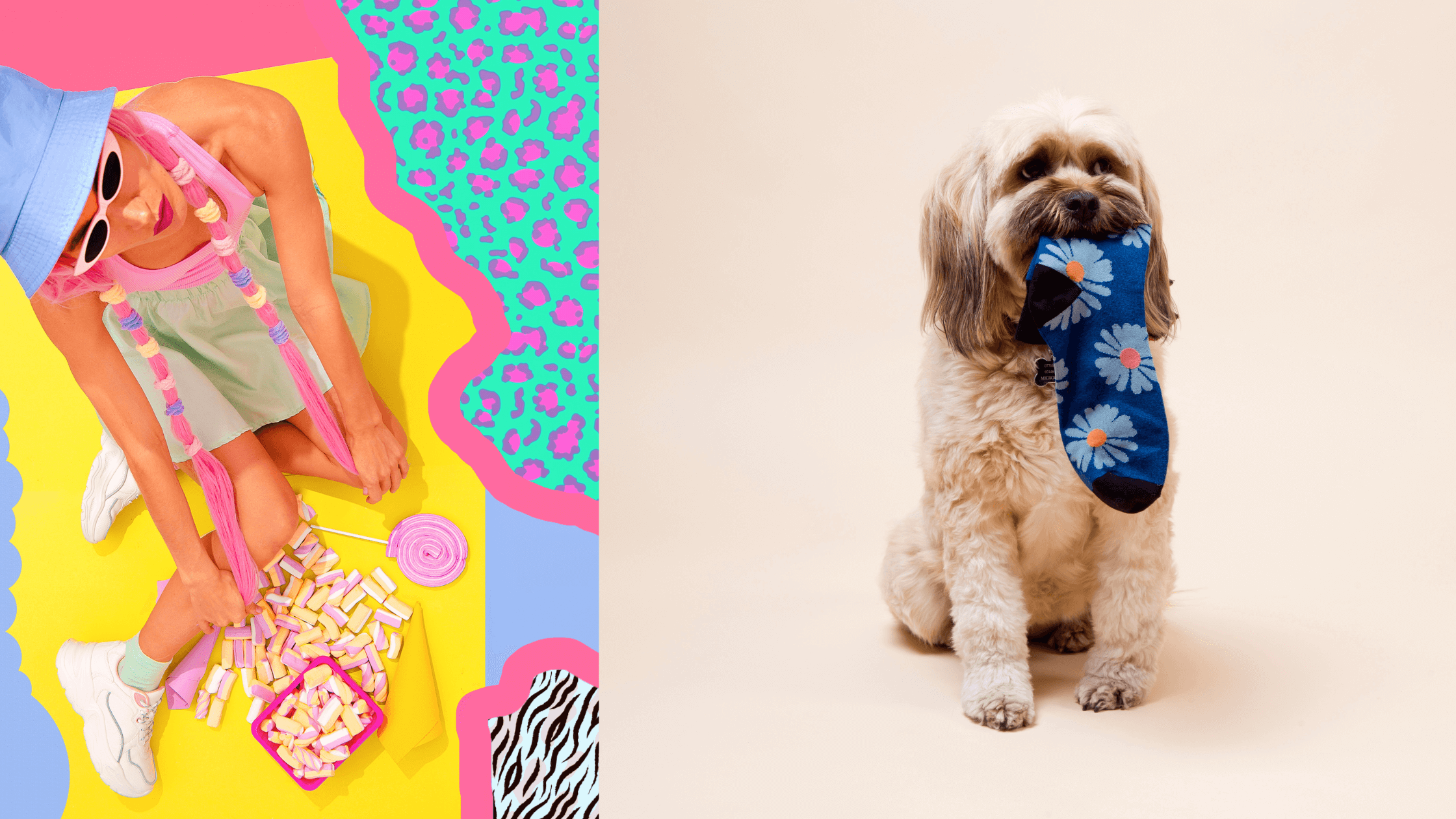

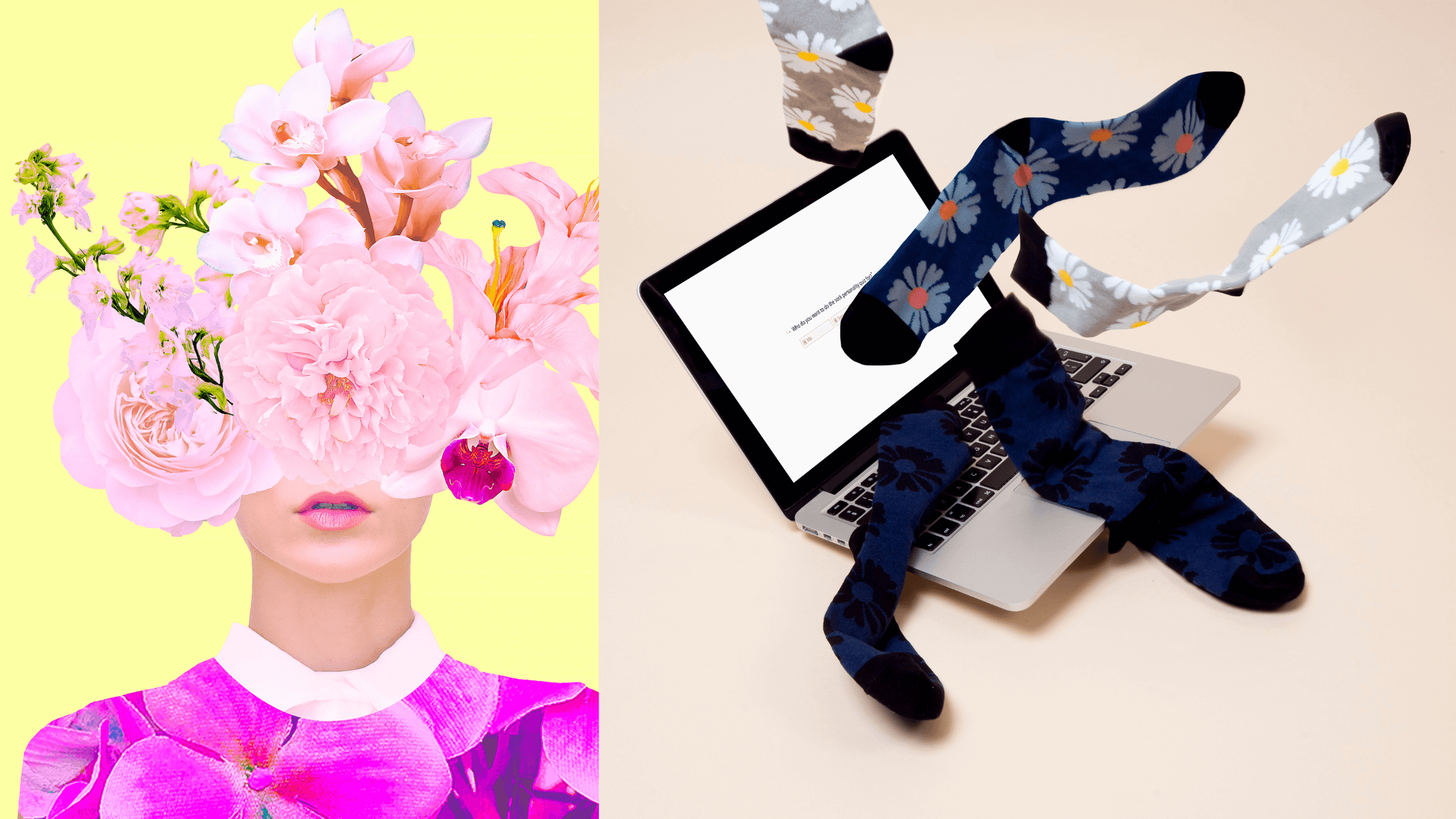




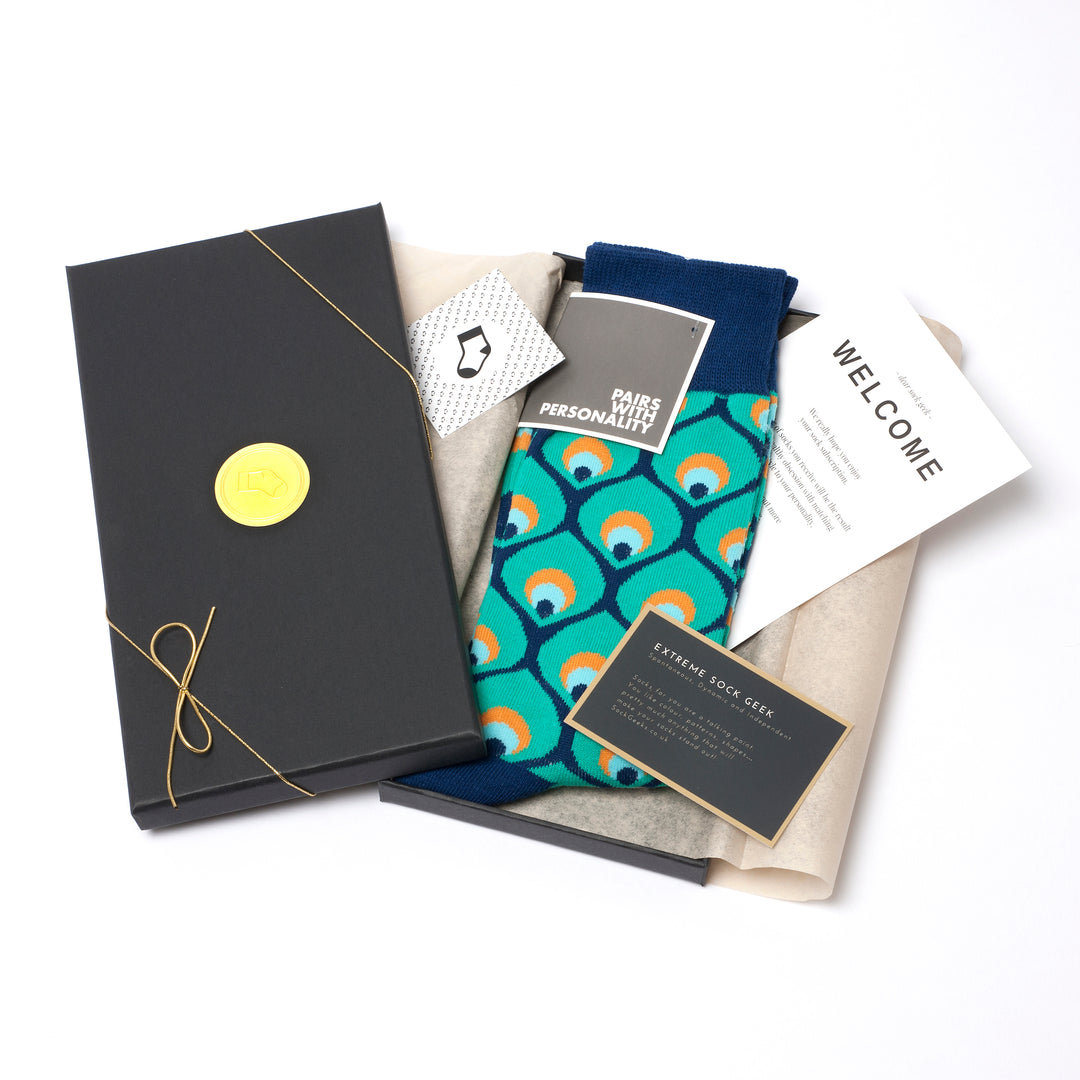

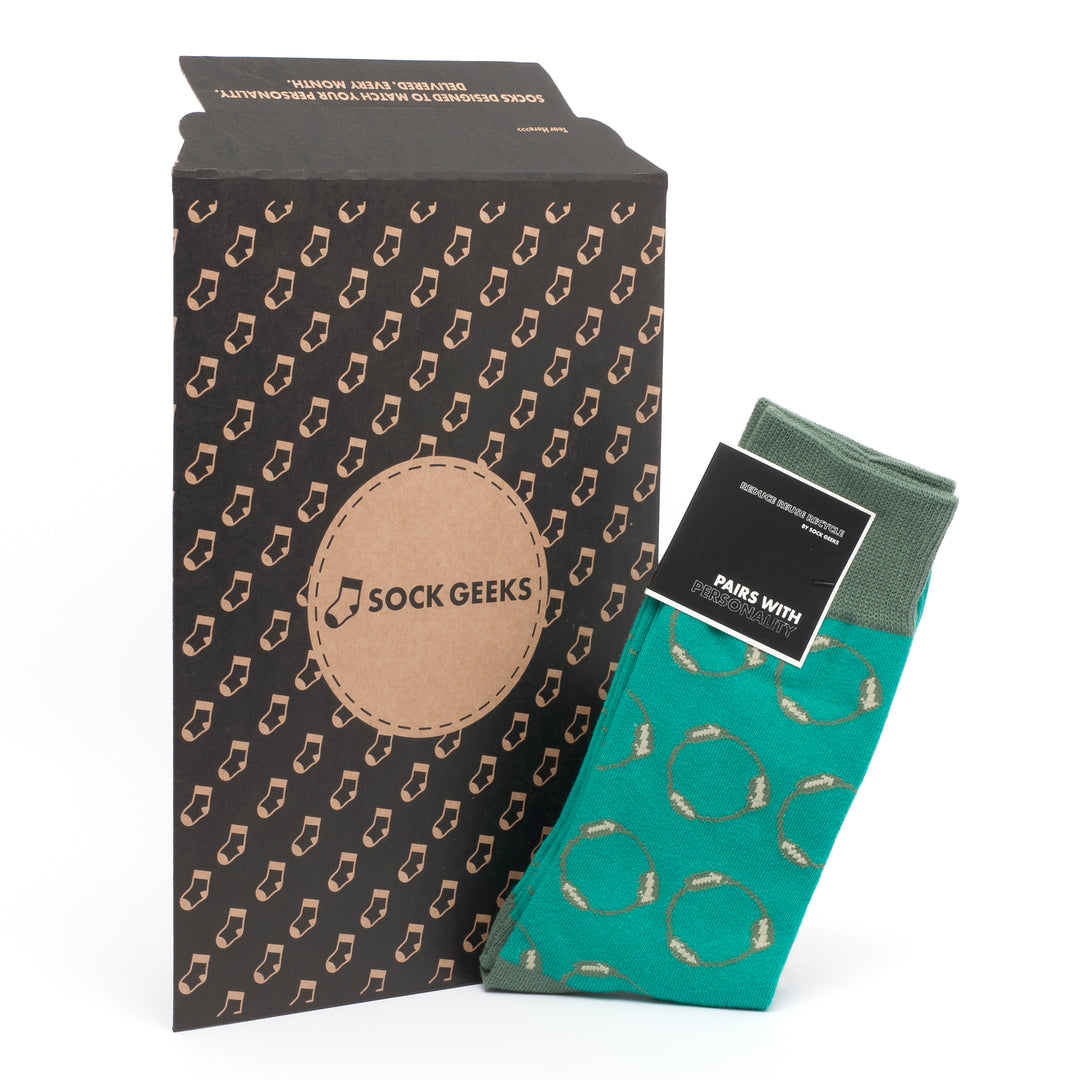




Leave a comment